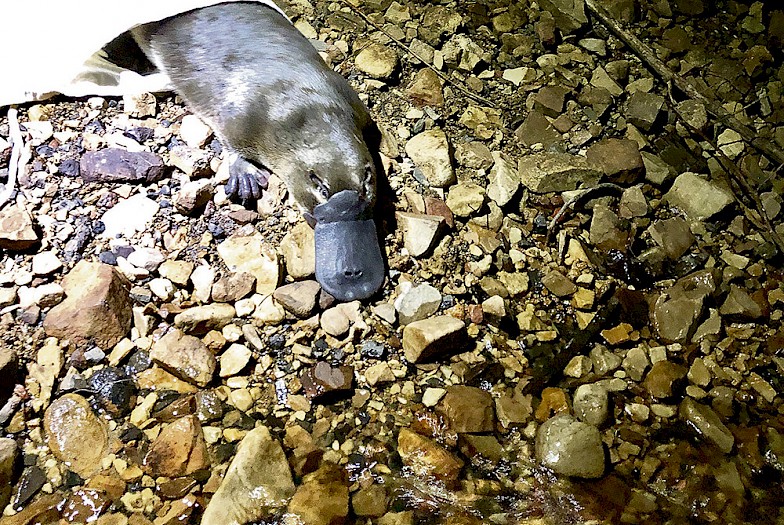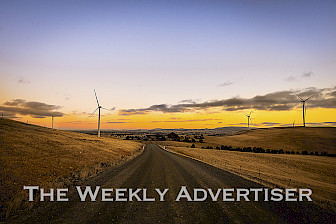“Seeing the population reduce significantly in the upper Wimmera appears to be a microcosm of what is happening across the country. It seems to have been a bit of a ‘canary in the coalmine’ indicator,” he said.
“It places a question mark over the platypus presence not only in our region but its overall long-term survival.”
Mr Fletcher, Wimmera CMA water project and planning officer, said the upper-catchment scenario and now broadening Australia-wide picture made it even more critical to work towards expanding the animal’s reach where possible in the region.
“Our Mackenzie River population in the northern Grampians is small but it is at least trending in the right direction,” he said.
“These latest reports have underlined the importance of work in monitoring and promoting this isolated but resilient platypus group.”
Results of University of New South Wales research into platypus, released last month, called for national action to minimise the risk of platypus vanishing due to drought and habitat loss.
The university’s Sydney Centre for Ecosystem Sciences led a study examining the threats to the platypus and risks of its extinction.
The study estimated that under current climate conditions and due to land clearing and fragmentation by dams, platypus numbers had almost halved. This had led to the extinction of localised populations across about 40 percent of the species’ range.
Fine line
Mr Fletcher said there was a fine line between being alarmist and having legitimate concerns.
“But there is no doubting that drought and climate change have brought home just how fragile the survival of these animals is becoming or might already be,” he said.
“Research across the country, which includes what Wimmera CMA is doing, is providing a collaborative picture on how we might manage the preservation of the species moving forward.
“In a nutshell, it means that our humble little population in the Wimmera and what makes it tick could well play a major role in the species’ survival.”
Mr Fletcher said with waterways across much of Australia gripped in a crippling drought, the Wimmera River system, especially a stretch of the river from Longerenong to its lower-catchment end, was in a ‘remarkably’ healthy state.
“Thanks to environmental flows from Wimmera pipeline savings we actually have a long stretch of river that in normal circumstances would provide ideal habitat for platypuses,” he said.
“Before the millennium drought this stretch of river did actually support platypus populations.
“This is important information nationally, considering fires in eastern Australia have caused significant environmental issues for a variety of important waterways. One of the solutions in managing aquatic life in some of these waterways has been translocation of various species.”
Mr Fletcher said it was important to understand what was happening with the platypus was more than simply having concern about one species.
“It’s about understanding the environment needed to support this unique species and other life,” he said.
“While platypuses themselves are tough Australian animals capable of enduring all sorts of stressed environments, as a top-of-the-food-chain animal their health reflects a much broader eco-system. They need food and they need habitat.”
Mr Fletcher continued a call for people to report and provide evidence of platypus activity in the Wimmera.
In the past 12 months there have been anecdotal reports of platypuses in the Wimmera River at Elmhurst and even Quantong, Duchembegarra, Dimboola and Antwerp in the lower catchment.
People can report platypus sightings to the platypusSPOT app or online at website www.platypusspot.org.
The entire February 5, 2020 edition of The Weekly Advertiser is available online. READ IT HERE!






